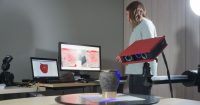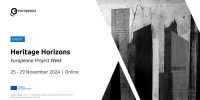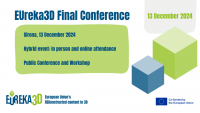Linked data is seen as the enabling technology of the ‘Semantic Web’. Sir Tim Berners-Lee described this not just:
“… about putting data on the web. It is about making links, so that a person or machine can explore the web of data. With linked data, when you have some of it, you can find other, related, data.”
The Linking Open Data Cloud (2011 version) diagram contains an impressive 311 ‘packages’ (collections of triples) of linked data showing the links between them and the sectors they are coming from. The research conducted by Linked Heritage project in to the details of these packages ‘lifted the lid’ to find a few significant and interesting facts:
- Linked data is not always ‘open’ (57.4% of packages were not open licensed for re-use, 69.1% of triple were not open)
- Cultural heritage is largely absent for the Cloud (CH packages only represent c5% of the packages)
- Most of the links are to limited number of packages (the great majority of links were to DBpedia, GeoNames Semantic Web and Freebase)
All this led to a set of reccommendations that can be summarised as follows:
- Any publication of linked data must be accompanied by a licence which makes it clear what uses can be made of the data.
- The licence may be standard, e.g. provided by Creative Commons, or one created specifically by the publisher.
- Not to create a proprietary format which is only intended to be used for your package;
- Use standard format(s) appropriate for the type of data being published.
- Consider using a cultural heritage specific format for linked data. Possible candidate formats, ones based on: EDM, CIDOC CRM, and LIDO.
- Link to packages, of a general nature, which are often linked to: DBpedia; GeoNames Semantic Web; national sources of terminology (e.g. UK Postcodes);
- Link to known packages in the cultural heritage, e.g.: Library of Congress Subject Headings; VIAF: The Virtual International Authority File; and Dewey Decimal Classification);
- Provide a SPARQL endpoint to the package.
All this advice Linked Heritage followed in the Linked data demonstrator.
The project was able to publish a limited set of its metadata, initially from the UK Government Art collection and Photo Marburg, and latterly by packages from other partners. In the demonstrator it was possible to enable and illustrate an RDF graph and to enable a search which would not be possible from the original data, for example to carry out a query for artists born in Britain in the UK Government Art Collection (GAC) data. In the GAC data only the name of the artist is given not their country of origin. However by linking to GAC data to DBpedia data it is possible to answer this. Similar queries can also be envisaged, and this is one of the most powerful ‘selling points’ for linked data.
Contact us to view and try the Linked Data Demonstrator online!


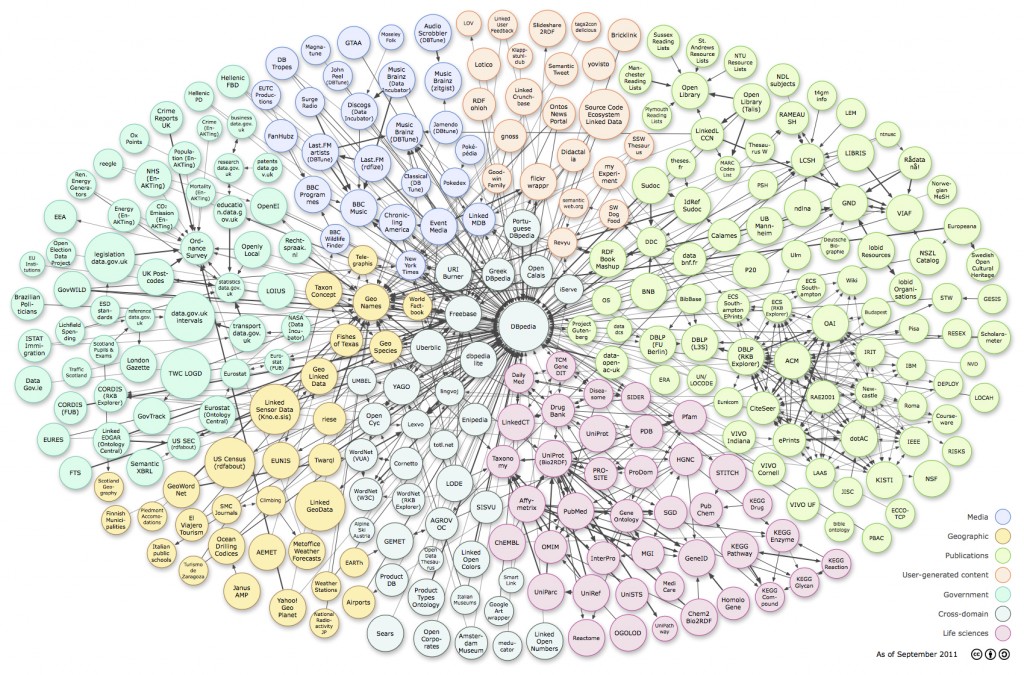
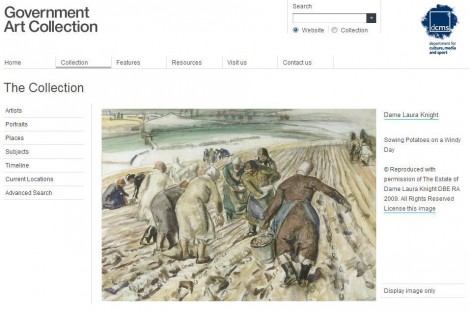
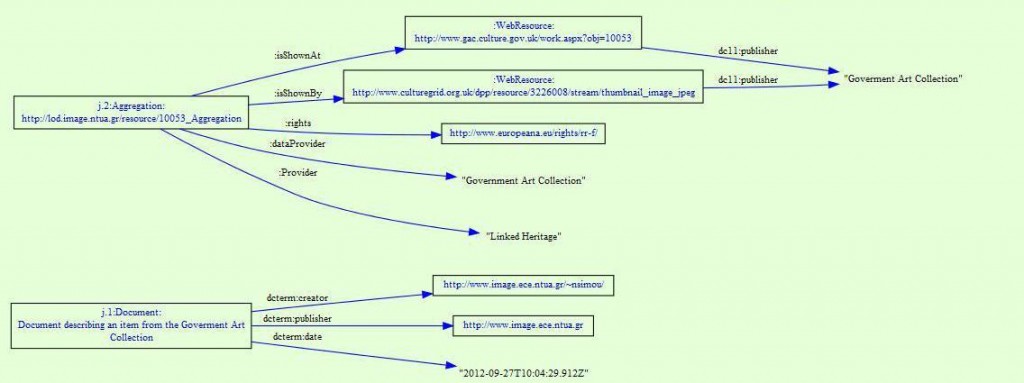
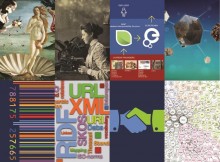
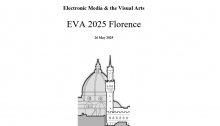
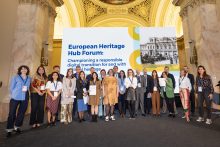

 If you have interesting news and events to point out in the field of digital cultural heritage, we are waiting for your contribution.
If you have interesting news and events to point out in the field of digital cultural heritage, we are waiting for your contribution.








